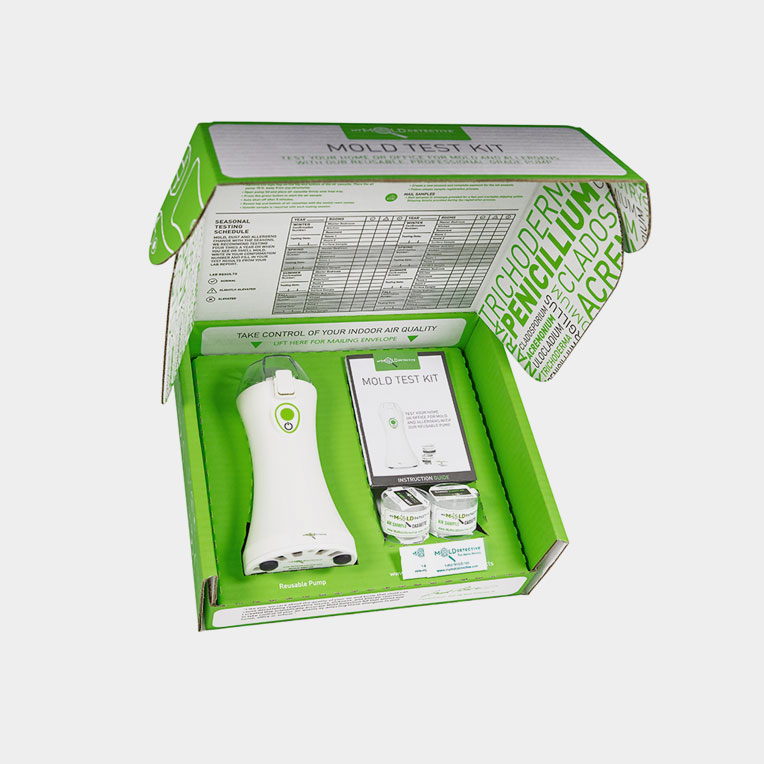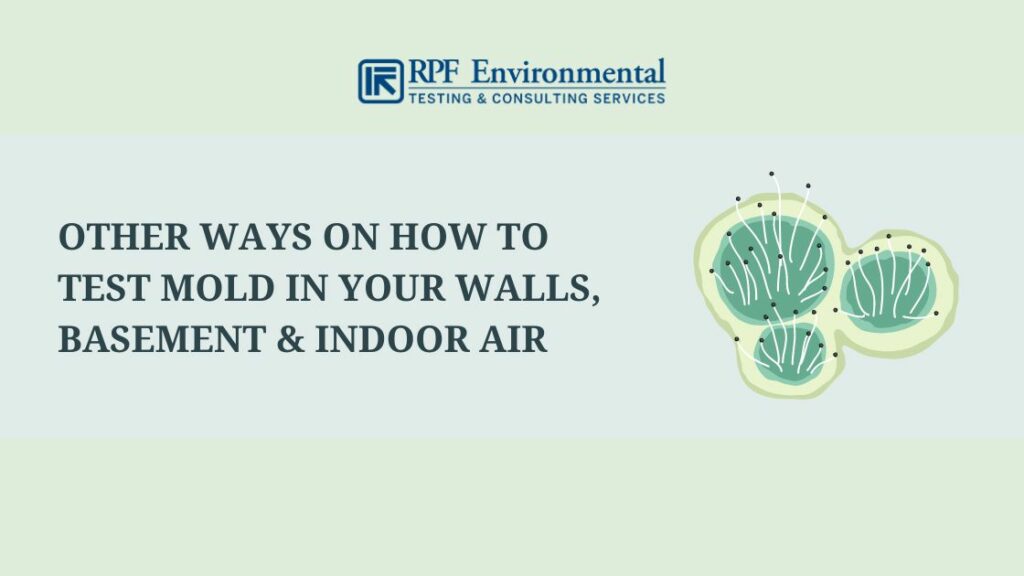Mycotoxin testing Services: A Key Part in Danger Management Approaches
Mycotoxin testing Services: A Key Part in Danger Management Approaches
Blog Article
How Mycotoxin Testing Helps Avoid Contamination and Protect Food Supplies

Mycotoxin screening is a crucial method in the food sector, offering as a frontline defense against contamination by hazardous toxins generated by molds. Through the application of advanced strategies like High-Performance Liquid Chromatography (HPLC) and Liquid Chromatography-Mass Spectrometry (LC-MS), food manufacturers can accurately measure and detect mycotoxin degrees in agricultural products.
Recognizing Mycotoxins
Comprehending mycotoxins begins with recognizing that they are toxic additional metabolites generated by certain mold and mildews, which can pollute agricultural items. These metabolites are not necessary for the growth or recreation of the fungi yet can have extreme effects for human and animal wellness. Mycotoxins are typically located in staple plants such as corn, wheat, barley, and nuts, where they can multiply under particular problems of wetness and temperature level.
There are numerous types of mycotoxins, each produced by various fungal types. Fusarium types generate fumonisins and trichothecenes, both of which are connected with numerous acute and chronic wellness concerns.

Dangers of Mycotoxin Contamination
The threats of mycotoxin contamination are diverse, posturing substantial hazards to both food safety and security and public health. Mycotoxins, harmful substances produced by particular types of fungi, can contaminate a large array of agricultural items consisting of cereals, nuts, spices, dried out fruits, and coffee.
Economic effects are an additional significant concern. Contaminated crops can cause considerable economic losses for farmers and food producers due to reduced returns and the need for costly purification actions. Global trade can be substantially hindered as countries impose strict mycotoxin policies to protect their populaces, leading to rejected deliveries and strained profession relationships.
Ecological elements such as climate adjustment exacerbate the risk of mycotoxin contamination. Variations in temperature level and humidity can produce beneficial problems for fungal growth, boosting the probability of contamination occasions. Hence, understanding and mitigating these risks are vital for guaranteeing the security and honesty of global food supplies.
Techniques of Mycotoxin Examining
Properly recognizing mycotoxin contamination in farming items is necessary for guarding public wellness and preserving food security requirements. Different methods are utilized to identify and evaluate mycotoxins, each offering particular advantages and limitations.
High-Performance Fluid Chromatography (HPLC) is an extensively utilized approach as a result of its high sensitivity and accuracy. It entails separating mycotoxins from other substances in an example, allowing precise quantification. Fluid Chromatography-Mass Spectrometry (LC-MS) incorporates fluid chromatography with mass spectrometry to offer thorough molecular info, making it specifically beneficial for identifying several mycotoxins all at once.

Gas Chromatography-Mass Spectrometry (GC-MS) and Thin-Layer Chromatography (TLC) are likewise used, each with unique applications. GC-MS works for volatile mycotoxins, while tender loving care provides a less complex, cost-efficient alternative for initial screening.
Advantages of Normal Checking
Regular screening for mycotoxins in farming items supplies have a peek at this site countless advantages, considerably adding to public health and wellness and food safety. By identifying contamination early, regular testing assists protect against the distribution of hazardous foods, thus minimizing the threat of mycotoxin-related ailments amongst consumers. This aggressive method not just safeguards human wellness but additionally boosts the general high quality of food products.
Different nations and areas have developed rigorous limits for mycotoxin degrees in food and feed. Adhering to these limitations with regular testing guarantees that manufacturers and vendors meet legal standards, thus staying clear of fines and trade barriers.
Furthermore, normal mycotoxin testing can bring about considerable financial benefits. Early discovery of contamination enables prompt treatment, reducing prospective losses from prevalent contamination. Applying normal screening procedures can likewise lessen recall prices and related responsibilities, which can be monetarily devastating.
Furthermore, normal screening supplies valuable data that can inform better farming techniques and storage space problems. By comprehending patterns of contamination, manufacturers can embrace safety nets, consequently adding more helpful hints and reducing future risks to the sustainability of the food supply chain.
Executing Checking Procedures
Carrying out efficient mycotoxin testing procedures is essential for ensuring the safety and security and high quality of agricultural products. Each phase needs to be looked at to determine where mycotoxin contamination is most likely to happen.
When critical control points are recognized, selecting proper screening methods is vital. Usual methods consist of enzyme-linked immunosorbent assay (ELISA), high-performance fluid chromatography (HPLC), and mass spectrometry (MS) Each method has its weak points and staminas; thus, selecting the right one depends on the certain mycotoxin being tested, the needed level of sensitivity, and offered resources.

Finally, incorporating the testing procedures into an extensive food safety and security monitoring system is advisable. This enhances traceability and enables swift rehabilitative activities when contamination is detected, thereby guarding the honesty of the food supply chain.
Conclusion
Mycotoxin screening is vital in preventing contamination and guarding food products by allowing very early detection of damaging toxic substances generated by mold and mildews in farming items. Routine screening enhances brand name track record, financial security, and depend on in food safety and security by minimizing contamination-related losses and maintaining high standards in food production.
Mycotoxin testing is a vital method in the food market, offering as a frontline defense like this versus contamination by hazardous contaminants produced by mold and mildews. An incorporated technique including farming techniques, storage space administration, and routine screening can minimize the dangers associated with mycotoxin contamination, ensuring food safety and security and public health.
The risks of mycotoxin contamination are diverse, positioning substantial threats to both food security and public wellness.Routine screening for mycotoxins in agricultural products supplies various benefits, dramatically contributing to public wellness and food security.Mycotoxin screening is crucial in protecting against contamination and protecting food supplies by allowing very early discovery of hazardous toxins generated by molds in agricultural products.
Report this page